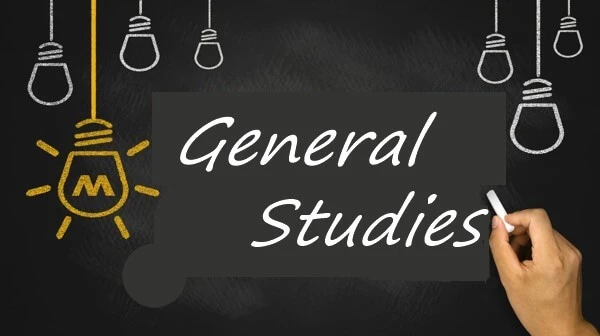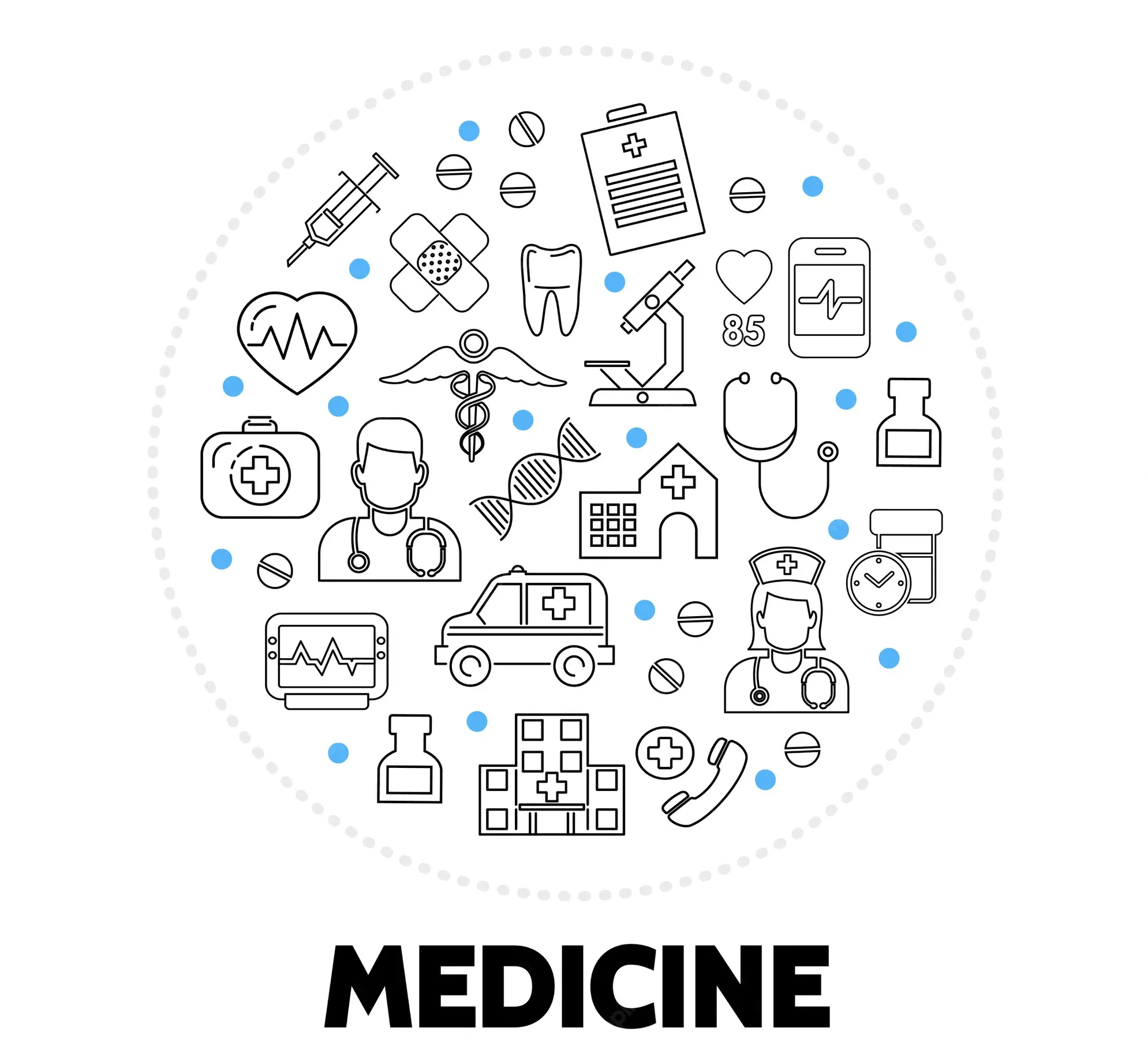Electrovalent Bonding Books
Author: Bryan Earl, Doug Wilford
School: International Exams
Department: Science and Technology
Course Code: IGCSE
Topics: kinetic theory of matter, diffusion, compounds, experimental techniques, elements, separating mixtures, gels, sols, foams, emulsions, atomic structure, atomic bonding, Ionic bonding, covalent bonding, glasses, ceramics, metallic bonding, Stoichiometry, chemical calculations, relative atomic mass, reacting masses, calculating masses, moles, chemical equations, electricity, electrolysis, electroplating, chemical energetics, fossil fuels, chemical energy, cells, batteries, chemical reactions, enzymes, acid, base, alkalis, salt formation, crystal hydrates, salt solubility, titration, periodic table, Alkali metal, alkaline earth metals, halogens, noble gases, transition elements, metal, metal reactions, metal nitrate decomposition, metal carbonate decomposition, metal oxide decomposition, metal reactivity, metal waste, rusting of iron, air, water, ammonia, artificial fertilizer, water cycle, water hardness, sulfur, sulfur dioxide, sulfuric acid, inorganic carbon chemistry, limestone, carbonates, carbon dioxide, organic chemistry, alkanes, alkenes, Biotechnology, alcohols, Carboxylic acids, soaps, detergents, Condensation polymers, biopolymers, Pharmaceuticals, Experimental chemistry
General Chemistry ,11th edition
Author: Darrell Ebbing, Steven Gammon
School: Federal University of Agriculture, Abeokuta
Department: Science and Technology
Course Code: CHM101
Topics: chemistry, measurement, atoms, molecules, chemical formulas, chemical reactions, gaseous state, thermochemistry, quantu, theory, electron configuration, periodicity, ionic bonding, covalent bonding, molecular geometry, chemical bonding theory, states of matter, solutions, rates of reaction, chemical equilibrium, acid, bases, acid-base equilibria, solubility, complex-ion equilibria, thermodynamics, equilibrium, electrochemistry, nuclear chemistry, Main-group elements, transition elements, coordination compounds, organic chemistry, polymer materials
Schaum's Outline of College Chemistry ,Ninth edition
Author: Jerome Rosenberg, Lawrence Epstein, Peter Krieger
School: Ahmadu Bello University, Zaria
Department: Science and Technology
Course Code: CHEM131
Topics: temperature, temperature units, atomic mass, molar mass, molecular mass, relative atomic mass, emperical formula, chemical formula, limiting reactant, chemical reactions, gas, gas volume, pressure, standard atmospheric pressure, pressure measurement, gas law, Boyle's law, Charles's law, Gay-lussac law, combined gas law, ideal gas, ideal gas law, kinetic theory, avogardo hypothesis, molar volume, gas volume, gas stoichiometry, thermochemistry, heat, heat capacity, calorimetry, energy, enthalphy, thermochemical reactions, atomic structure, particle, waves, Pauli principle, Periodic law, Aufbau principle, Electron configuration, Atomic radii, ionization energy, electron affinity, chemical bonding, molecular structure, ionic compounds, covalence, valence-bond representation, molecular-orbital representation, π BONDING, MULTICENTER π BONDS, coordination compounds, isomerism, solid, liquid, crystals, crystal forces, Ionic Radii, oxidation-reduction, oxidation number, oxidizing agents, reducing agents, ionic notation, balancing equations, concentration, concentration scales, concentration units, dilution, volumetric standard solutions, vapor pressure lowering, freezing-point lowering, boiling-point lowering, Boiling-point elevation, osmotic pressure, Law of distribution, isomerism, functional groups, organic chemistry, biochemistry, thermodynamics, chemical equilibrium, Equilibrium constant, Le Chatelier's principle, acid, base, hydrolysis, buffer solution, indicators, weak polyprotic acids, tittration, complex ions, coordination complexes, electrochemistry, solubility product, electrical units, electrolysis, voltaic cells, standard half-cell potentials, free energy, Nonstandard potentials, rate of reactions, rate constant, energy of activation, Nuclear process, Binding energy, nuclear equations, radiochemistry
Chemistry For Dummies ,2nd edition
Author: John Moore
School: Covenant University
Department: Science and Technology
Course Code: CHM221
Topics: Chemistry, Scientific Method, SI Measurement System, chemical calculations, matter, energy, atom, atomic structure, periodic table, chemical reactions, mole concept, solutions, thermochemistry, Enthalpy, heat of reaction, acid, base, quantum theory, ionic bonding, Covalent Bonding, Intermolecular Forces, Condensed States, environmental chemistry, air pollution, water pollution, nuclear chemistry
Author: Theodore Brown, Eugene LeMay, Bruce Bursten, Catherine Murphy, Patrick Woodward, Matthew Stoltzfus
School: Federal University of Agriculture, Abeokuta
Department: Science and Technology
Course Code: CHM101
Topics: matter, energy, atom, molecule, ion, chemical reaction, Reaction Stoichiometry, thermochemistry, electronic structure, chemical bonding, molecular geometry, bonding theorues, gases, liquid intermolecular forces, solids, solutions, chemical kinetics, Chemical Equilibrium, Acid–Base Equilibria, Aqueous Equilibria, chemical thermodynamics, electrochemistry, nuclea chemistry, transition metals, coordination chemistry, organic chemistry, biological chemistry, chemistry of life
Solution to Exercise Chemistry the central science ,12th edition
Author: Roxy Wilson
School: Federal University of Agriculture, Abeokuta
Department: Science and Technology
Course Code: CHM101
Topics: matter, energy, atom, molecule, ion, chemical reaction, Reaction Stoichiometry, thermochemistry, electronic structure, chemical bonding, molecular geometry, bonding theories, gases, liquid intermolecular forces, solids, solutions, chemical kinetics, Chemical Equilibrium, Acid–Base Equilibria, Aqueous Equilibria, chemical thermodynamics, electrochemistry, nuclea chemistry, transition metals, coordination chemistry, organic chemistry, biological chemistry, chemistry of life
Materials Science and Engineering An Introduction,10th edition
Author: William Callister, David Rethwish
School: Federal University of Technology, Owerri
Department: Engineering
Course Code: ENG207, ENG208
Topics: atomic structure, interatomic bonding, crystalline solids, crystals, atomic bonding, diffusion, dislocation, strengthening mechanisms, failure, mechanical properties, phase diagrams, phase transformations, alloy, ceramic, polymer, corrosion, degradation, composites, polymer synthesis, polymer processing, oxidation, electrical properties, magnetic properties, optical properties, thermal properties, unit cell, density computation, Polymorphism, Allotropy, Crystallographic points, Crystallographic directions, polycrystalline materials, anisotropy, X-ray diffraction, plastic deformation, point defects, atomic vibration, fick's law, Stress–Strain Behavior, Anelasticity, fatigue, creep, solubility limit, phase equilibria
Materials Science and Engineering, An Introduction ,8th Edition Solution Manual
Author: William Callister
School: Federal University of Technology, Owerri
Department: Engineering
Course Code: ENG207, ENG208
Topics: atomic structure, interatomic bonding, crystalline solids, crystals, atomic bonding, diffusion, dislocation, strengthening mechanisms, failure, mechanical properties, phase diagrams, phase transformations, alloy, ceramic, polymer, corrosion, degradation, composites, polymer synthesis, polymer processing, oxidation, electrical properties, magnetic properties, optical properties, thermal properties, unit cell, density computation, Polymorphism, Allotropy, Crystallographic points, Crystallographic directions, polycrystalline materials, anisotropy, X-ray diffraction, plastic deformation, point defects, atomic vibration, fick's law, Stress–Strain Behavior, Anelasticity, fatigue, creep, solubility limit, phase equilibria
Shriver & Atkin's inorganic chemistry
Author: Peter Atkins, Tina Overton, Jonathan Rourke, Mark weller, Fraser Armstrong, Michael Hagerman
School: University of Ibadan
Department: Science and Technology
Course Code: CHE126
Topics: Inorganic chemistry, atomic structure, atomic orbitals, molecular structure, bonding, Lewis structure, valence bond theory, Molecular orbital theory, ionic solids, ionic bonding, semiconduction, acid, base, Brønsted acidity, Lewis acidity, oxidation, reduction, reduction potentials, redox stability, Molecular symmetry, isomerism, coordination compounds, chirality, spectroscopy, chemical analysis, Magnetometry, periodic trends, Group 1 elements, Group 2 elements, hydrogen, Group 13 elements, Group 15 elements, Group 14 elements, Group 16 elements, d-Block elements, Representative compounds, Electronic spectra, Magnetism, Coordination chemistry, Ligand substitution reactions, Ligand substitution, Redox reactions, Photochemical reactions, Lanthanoid chemistry, Actinoid chemistry, ligands, Solid-state chemistry, materials chemistry, Metal oxides, nitrides, fluorides, Chalcogenides, intercalation compounds, Hydrides, inorganic pigments, Semiconductor chemistry, Molecular materials, fullerides, catalysis, Homogeneous catalysis, Heterogeneous catalysis, Hybrid catalysis, Characterization, fabrication, Nanomaterials, nanoscience, nanotechnology, Self-assembled nanostructures, Bioinorganic nanomaterials, Biological inorganic chemistry, Catalytic processes, Biological cycles, Chelation therapy, nitrogen cycle, hydrogen cycle, acid-base catalysis, Tethered catalysts, Electrocatalysis, Alkene polymerization, Ammonia synthesis, Hydroformylation, Alkene metathesis
Chemistry The Molecular Nature of Matter and Change ,9th edition
Author: Martin Silberberg, Patricia Amateis
School: University of Nigeria, Nsukka
Department: Science and Technology
Course Code: CHM112
Topics: Chemistry, matter, Stoichiometry, Chemical Reactions, Kinetic-Molecular Theory, Thermochemistry, Quantum Theory, Atomic Structure, Electron Configuration, Chemical Periodicity, chemical bonding, Shapes of Molecules, covalent bonding, Intermolecular Forces, Periodic Patterns, Organic Compounds, carbon, chemical reactions, chemical kinetics, chemical equilibrium, Acid-Base Equilibria, Ionic Equilibria, Thermodynamics, Entropy, Free Energy, Reaction Direction, Electrochemistry, Chemical Change, Electrical Work, Transition Elements, nuclear reactions
Departments

Administration, Social and Management science

Agriculture and Veterinary Medicine

Arts and Humanities

Education

Engineering

General studies

Law

Medical, Pharmaceutical and Health science

Science and Technology